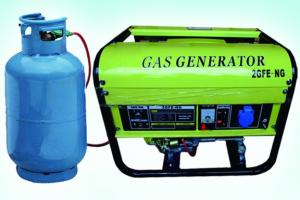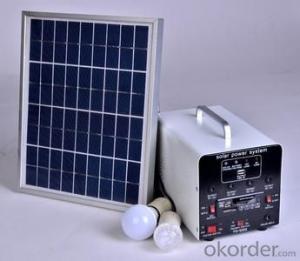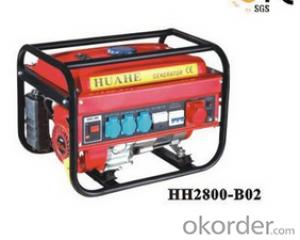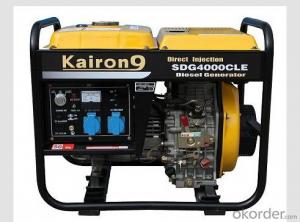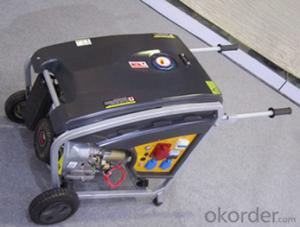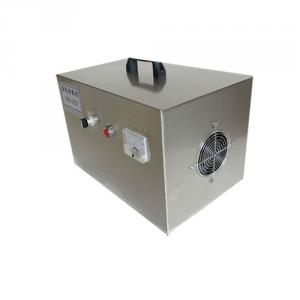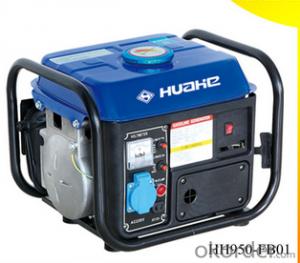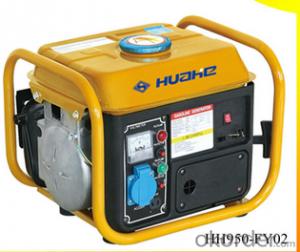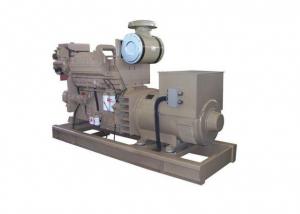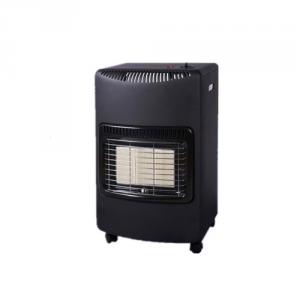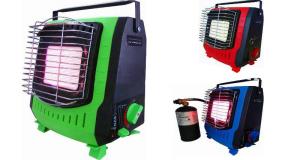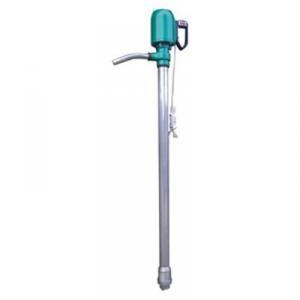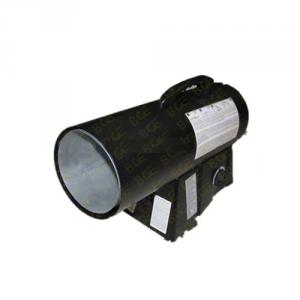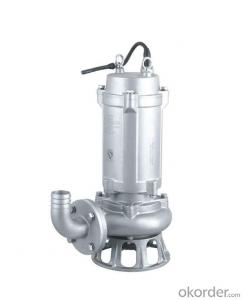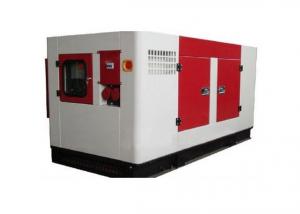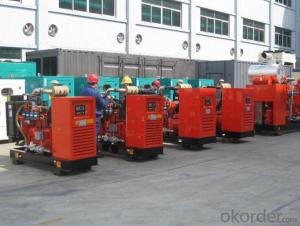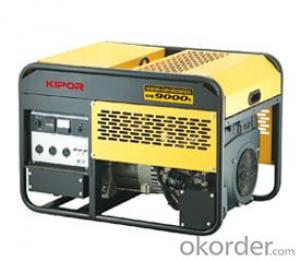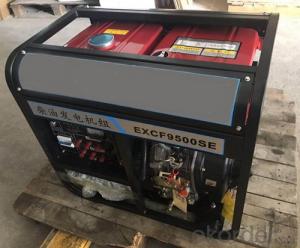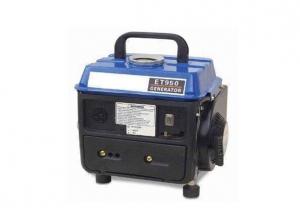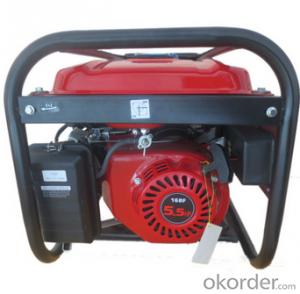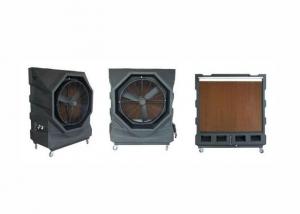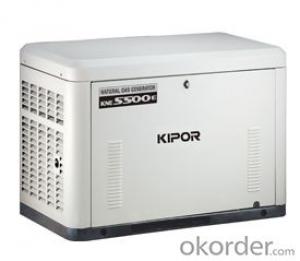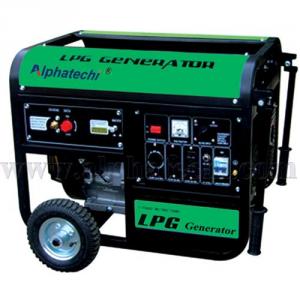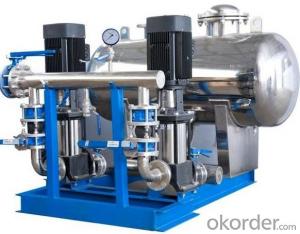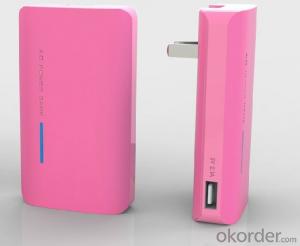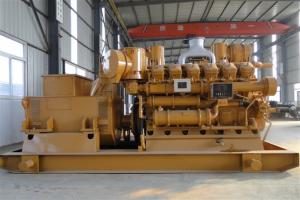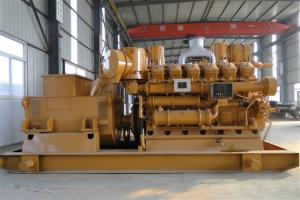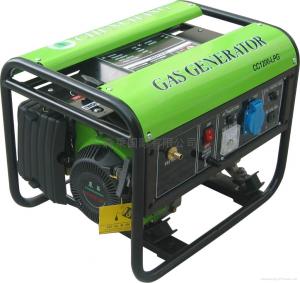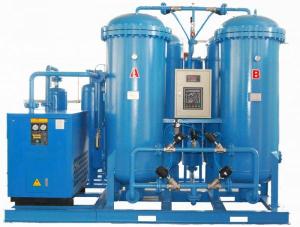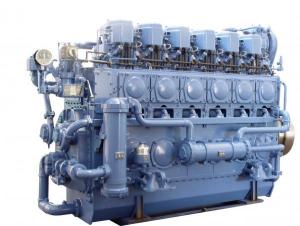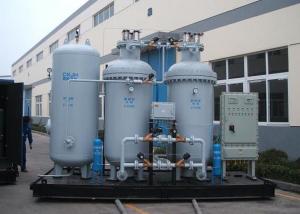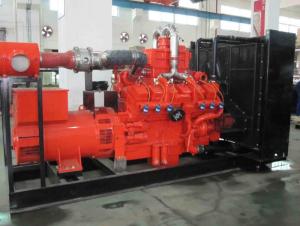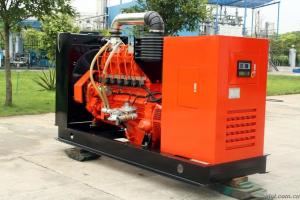Natural Gas Portable Generator
Natural Gas Portable Generator Related Searches
Natural Gas Backup Generator Portable Generator Enclosure Non Gas Powered Generator Coleman Portable Generator Handheld Power Generator Magnetic Power Generator Power Generation Facilities Industrial Electric Generators Electricity Generation System Generator Diesel Consumption Power Generation Distribution Hydrogen Power Generation Portable Belt Conveyors Power Generation Technologies Power Transmission Equipment Nitrogen Booster Compressor Cummins Generator Enclosure Grp Reinforced Plastic High Pressure Nitrogen Compressor Temporary Power Distribution Power Generation For Dummies Natural Grass Outboard Propeller Calculator Disposable Electronic Shisha Electrical Energy Generation Highest Rated Generators Renewable Energy Storage Large Scale Power Generation Household Solar Power System Synthetic Grass SoccerNatural Gas Portable Generator Supplier & Manufacturer from China
Natural Gas Portable Generators are a type of power generation equipment that utilize natural gas as their primary fuel source. These generators are designed to provide a reliable and efficient alternative to traditional generators that rely on gasoline or diesel. They are known for their eco-friendly nature, as they produce fewer emissions compared to their counterparts. The usage of natural gas portable generators spans across various industries and applications, making them a versatile choice for businesses and households alike. They are particularly useful during power outages, providing a backup power source for essential appliances and equipment. Additionally, they are employed in construction sites, events, and other temporary setups where a stable power supply is required.Okorder.com is a reputable wholesale supplier of Natural Gas Portable Generators, boasting a vast inventory that caters to the diverse needs of customers. The platform offers a wide range of models and specifications, ensuring that clients can find the perfect generator to suit their specific requirements. With a commitment to quality and customer satisfaction, Okorder.com ensures that each Natural Gas Portable Generator is thoroughly tested and meets the highest industry standards before being shipped to customers worldwide. This comprehensive approach to product selection and quality control has made Okorder.com a trusted source for businesses and individuals seeking reliable and efficient power generation solutions.
